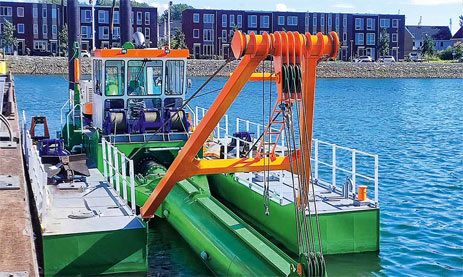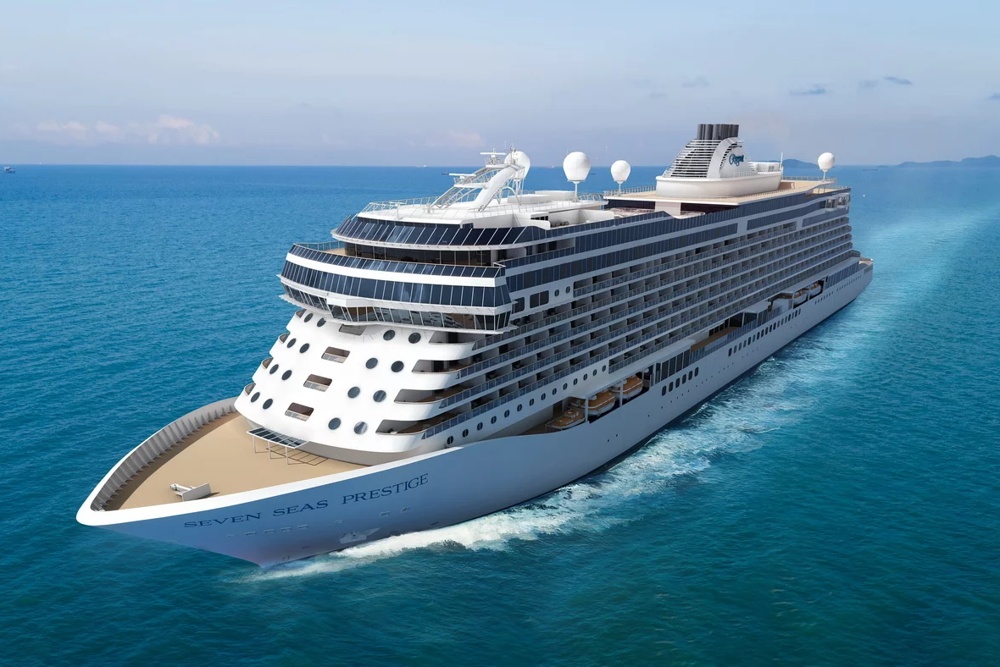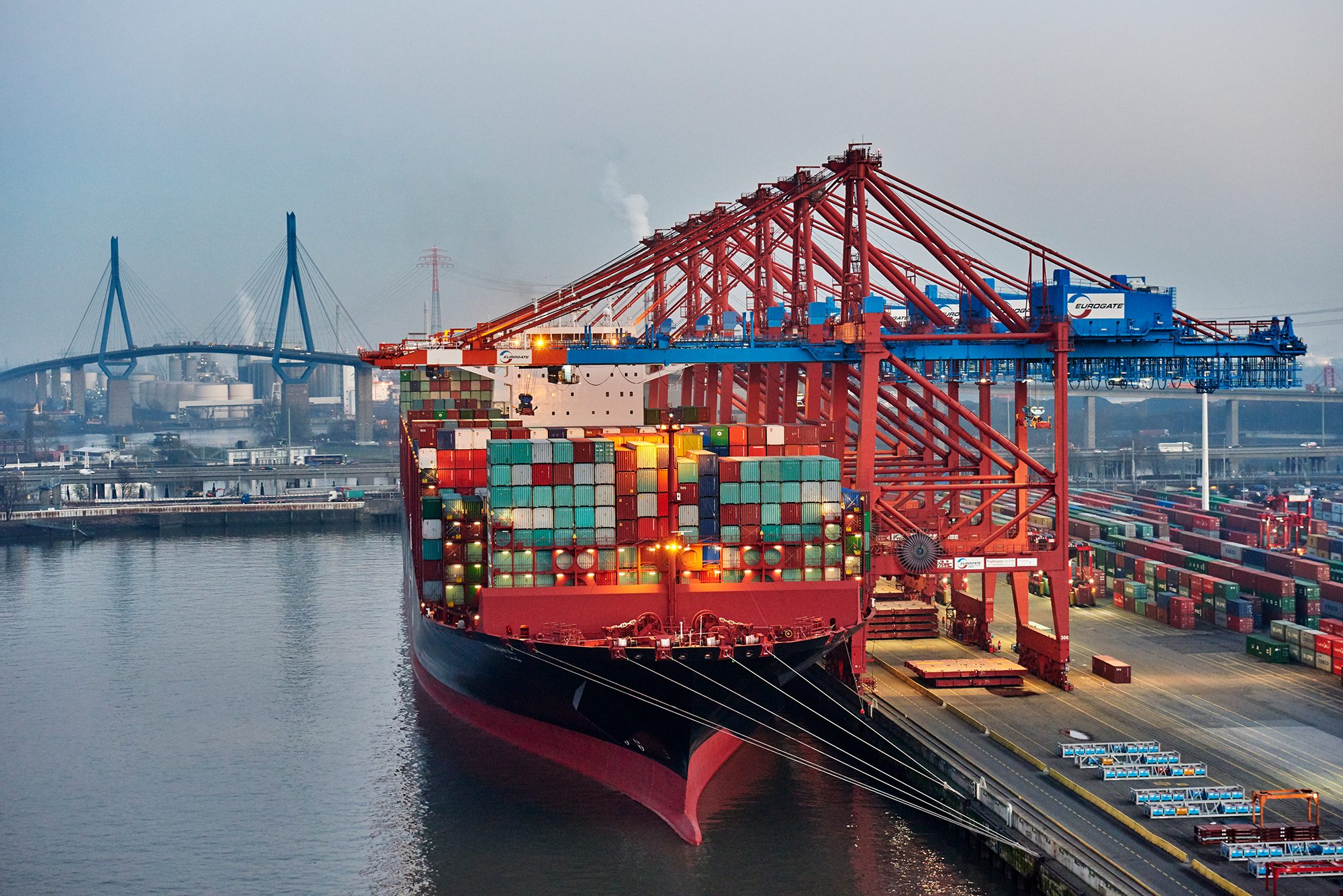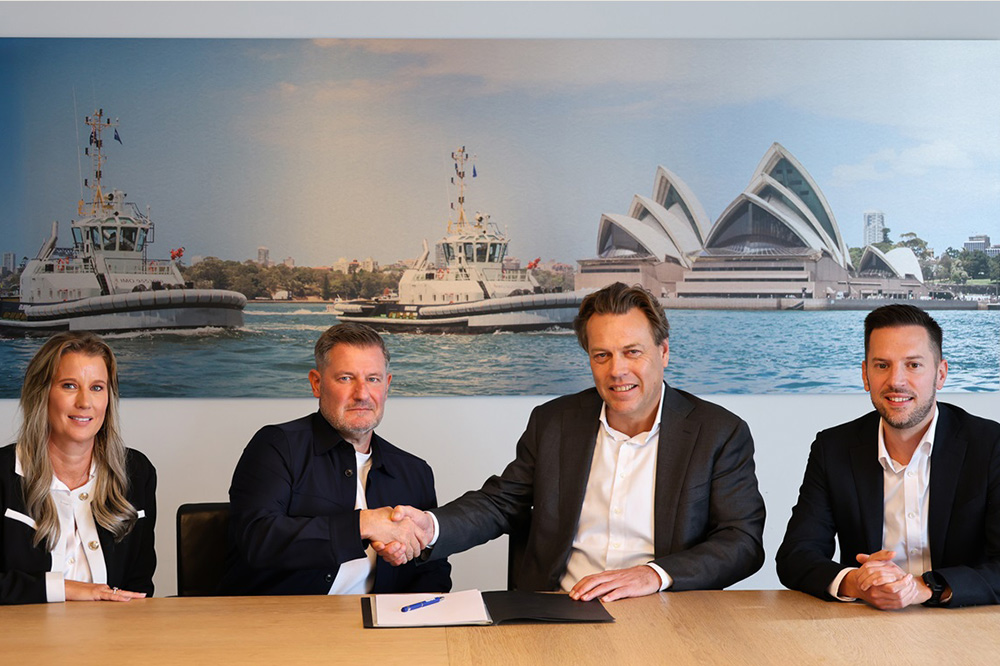Demand for LNG in Asia is likely to increase by the end of 2025. This is due to the falling price difference to low-sulphur fuel and the conversion of the fleet.
In the first half of 2024, the price of marine fuel with a sulphur content of 0.5% in Singapore was $2.916/GJ (approx. €2.71/GJ) higher than the price of LNG. In the second half of the year, it was already $0.456/GJ (approx. €0.42/GJ) cheaper. According to Platts, the LNG price was $14.492/GJ (approx. €13.48/GJ) on March 17, while the price for 0.5%S fuel was $12.32/GJ (approx. €11.46/GJ).
According to a trader from Singapore, demand is also increasing because more LNG dual-fuel ships are coming onto the market. Analysts therefore expect prices to fall in the coming months. According to S&P Global Commodity Insights, global LNG production will grow by 7% in 2025. This is due to new projects and expanded production capacities.
Asia expands LNG infrastructure
Singapore reported a fourfold increase in LNG bunker volume to 463,948 tons in 2024. According to the port authority, falling prices have contributed to this. The city state is actively promoting LNG as a fuel and is working on environmentally friendly solutions.
In December 2024, Singapore began looking for solutions for LNG reloading at sea. The aim is to supplement storage on land and provide e-methane and bio-methane as fuel. The fuels produced synthetically from renewable electricity (or from organic residues) are sustainable alternatives to fossil LNG.
In China, providers such as SIPG, CNOOC and PetroChina are expanding LNG bunkering services in ports such as Shanghai, Ningbo, Shenzhen, Guangzhou and Zhoushan. Experts expect demand in China alone to increase by 30% in 2025.
An expansion of the infrastructure will also lead to more LNG ships. According to Lloyd’s Register, 305 such newbuilds were ordered in 2024. This corresponds to 14% of the order book. The classification society DNV expects 871 ships with LNG dual-fuel propulsion systems to be in operation or on firm order worldwide this year. In 2024, there were 648 ships. (rup)
















